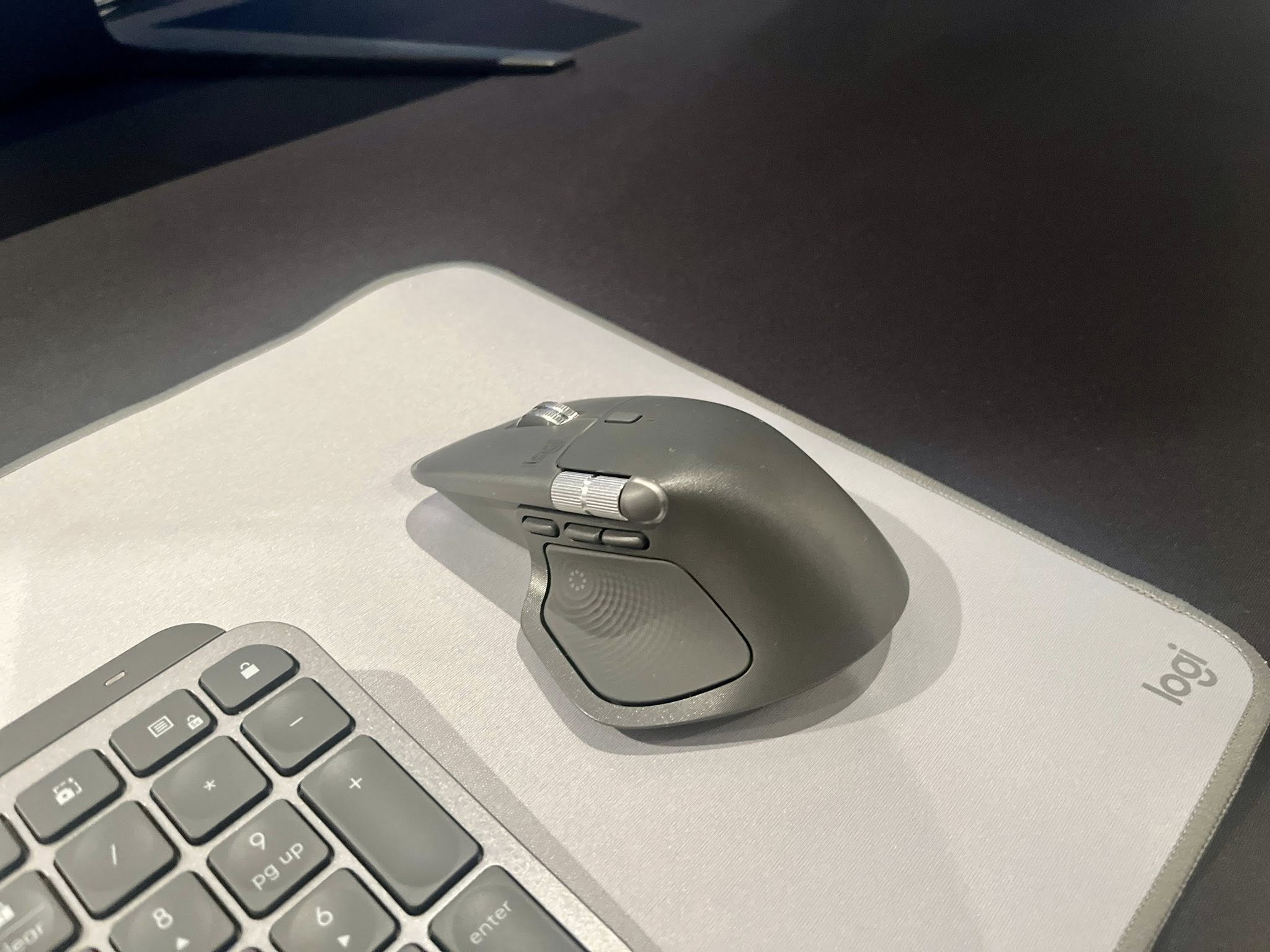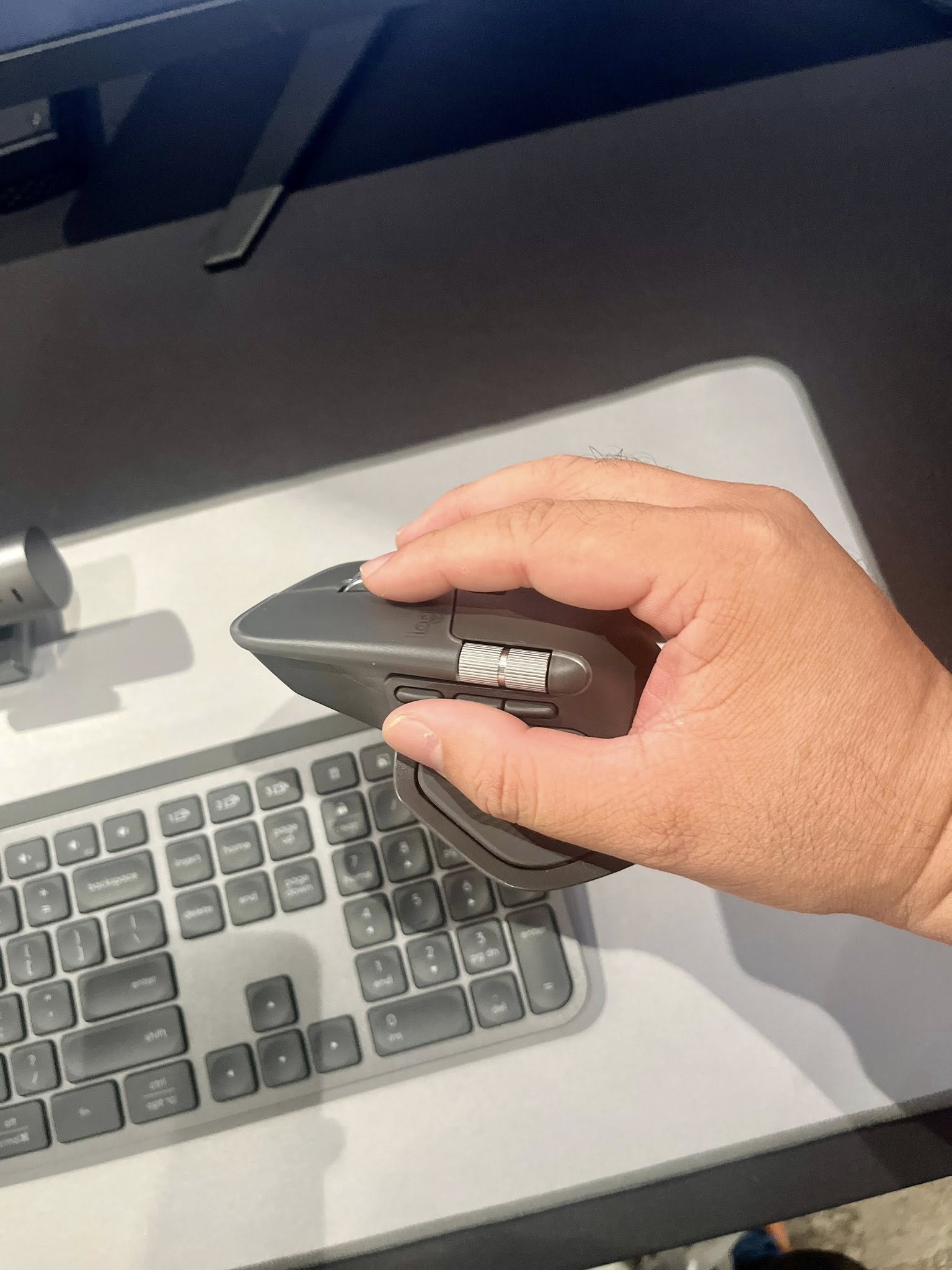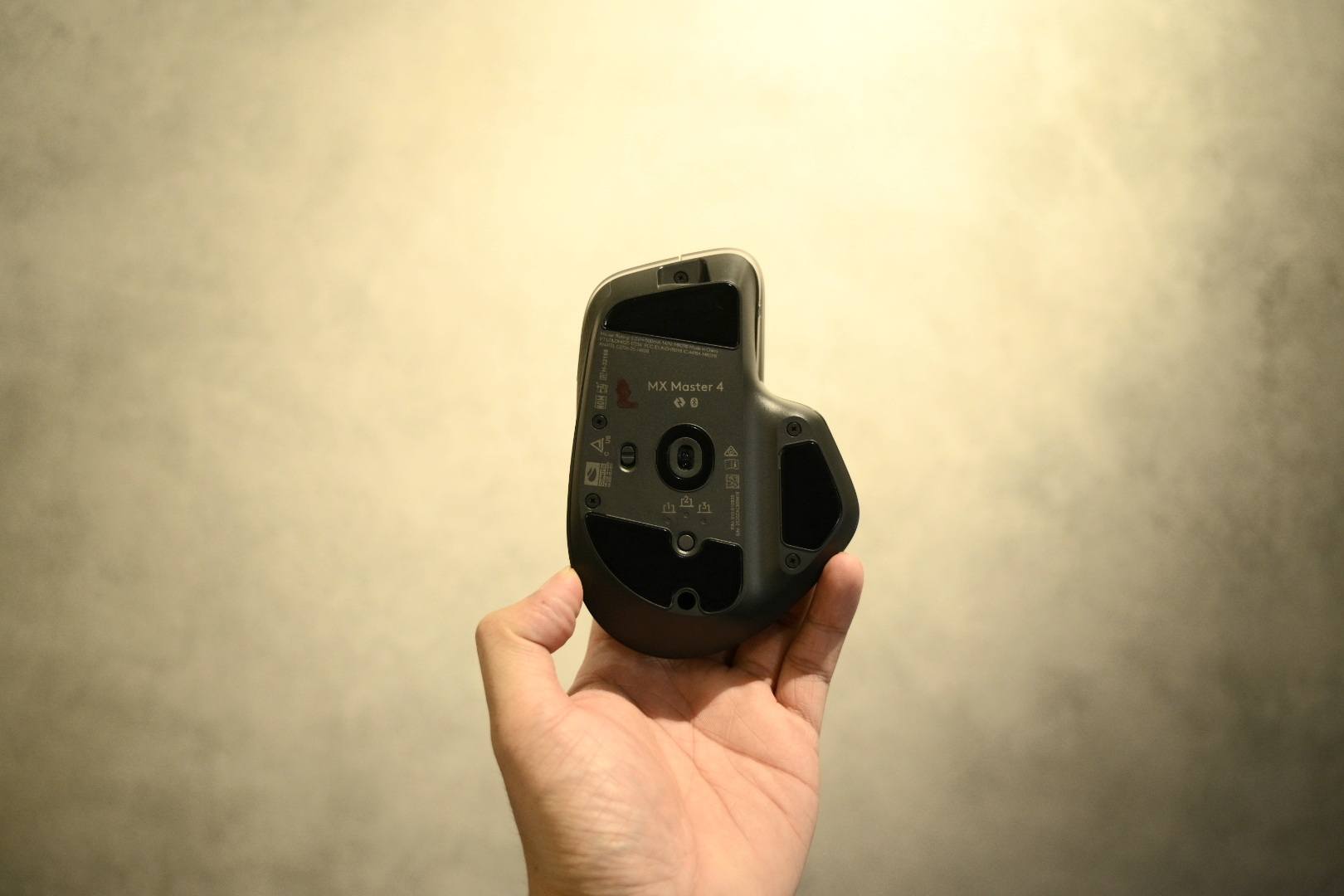Why I returned the MX Master 4 and moved on from Logitech after years of loyalty
October 13, 2025
For years, I've been a devoted Logitech MX Master user. The MX Master 3 and 3S became extensions of my hand-ergonomic, reliable, and essential to my daily productivity workflow. So when Logitech finally announced the MX Master 4 after what felt like an eternity of waiting, I was genuinely excited. I ordered one immediately, convinced this would be the upgrade I'd been dreaming about.
A week later, I returned it. And for the first time in years, I'm actively looking at competitors.
The polling rate problem that Logitech refuses to fix
Let's talk about the elephant in the room: the MX Master 4 still uses a painfully outdated 125Hz polling rate. In 2025, this is inexcusable for a $120 premium mouse.

For context, polling rate determines how often your mouse reports its position to your computer. A typical gaming mouse reports data at 1,000Hz, which means 1,000 times every second, giving you incredibly smooth and responsive cursor movement. The improvement from 125Hz to 500Hz is substantial, providing a smoother and more reactive experience, and the jump to 1,000Hz is even more noticeable.
The MX Master 4, despite all its "innovations," is stuck at a maximum 125Hz polling rate-whether you're using Bluetooth or the Logitech Bolt USB-C dongle. This means your cursor updates only 125 times per second, creating a lag that's perceptible once you know what to look for.
This isn't just about gaming. I don't need 8,000Hz polling for my productivity work. I don't even need 4,000Hz. But the difference between 125Hz and 1,000Hz is absolutely noticeable when you're dragging windows, selecting text precisely, or working with detailed design elements. As one review aptly noted, at $120, the MX Master 4 is as expensive as many high-end gaming mice sporting 8K sensors and other premium features, even though the Master 4 still has a 125Hz polling rate.
This made me decide to stick with my 3S until it breaks before upgrading. If it had better polling rate, I'd buy it in an instant-even just double the Hz. Haptic feedback and basically every other new feature is just fluff. More DPI, who cares, it's unnoticeable. It's the polling rate that matters at this point. The MX Master has had such a low polling rate compared to its competition for 5-6 years now, and if they don't fix that issue soon, the mouse will lose its reign as the best productivity mouse.
It's bigger, heavier, and less comfortable
The MX Master 4 is larger than its predecessors. It's heavier (150 grams vs. 141g) and wider (3.48 inches vs 3.32 in.) than the MX Master 3S. For some users, this might not matter. For me, it made a noticeable difference.

The MX Master 3S fit my hand perfectly. The contours felt natural, and I could use it for 8-10 hour work sessions without any discomfort. The MX Master 4 felt bulkier in my palm, and the wider grip forced my hand into a slightly different position that never quite felt right.
Worse, the new mouse is slippery. Logitech reduced the rubber elements in favor of what they claim is a more durable design, but the trade-off is a surface that doesn't provide the same grip. During intense work sessions, I found my hand readjusting position more frequently, something I never experienced with my 3S.
Software dependency is a deal-breaker
Here's where Logitech really lost me: you cannot configure the action ring button without the Logi Options+ app running. No onboard memory. No standalone configuration that persists independently of the software.

This is particularly frustrating if you work across multiple machines, need to use your mouse on a computer where you don't have admin rights to install software, or simply prefer a clean system without background processes. Other users have reported instances where the Logi Options+ software becomes unresponsive in the background, causing the mouse to revert to its default settings without warning.
Gaming mice at half the price offer onboard memory profiles that let you save your configurations directly to the mouse. The MX Master 4, at $120, forces you into software dependency. This feels like a regression, not innovation.
What they got right (but it's not enough)
To be fair, Logitech did make some improvements. The easy repairability and user-replaceable battery are genuinely good features for longevity. In a world of planned obsolescence, the ability to swap out a worn battery without sending your mouse to a landfill is commendable.
But here's the thing: these improvements feel like table stakes in 2025, not revolutionary features worth celebrating. When your mouse has fundamental issues with polling rate, size, and software dependency, being repairable doesn't move the needle enough to justify the purchase.
Only thing that seems really better is the easy repairability and battery replacement. All the rest are mostly gimmicks, like the haptics motor, and small cosmetic changes. Yes, less rubber should also improve the life of the device a bit, but it's not that much of an issue. I still have my MX Master 3, and I thought I would swap to the 4 if it had at least better polling. I don't need 8K polling. I'm fine with 1,000Hz, which I'd never max out.
The competition is catching up
While Logitech has been iterating on the same design with minor tweaks, competitors have been listening to users. Keychron's M6, for example, uses a more modern sensor and has a polling rate of 1000 Hertz in the standard version, offering similar ergonomics at a more competitive price point.
The MX Master was once in a league of its own. Now it's just another premium mouse that happens to lack the features users have been requesting for years. Logitech had the opportunity to cement their dominance with the MX Master 4. Instead, they added haptic feedback nobody asked for while ignoring the fundamental specs that actually matter.
Moving on from Logitech
Returning the MX Master 4 was disappointing, but it was also clarifying. After years of loyalty to the brand, I've realized that Logitech simply doesn't respect its users' feedback. The community has been vocal about wanting higher polling rates and onboard memory for years. These aren't niche requests from hardcore gamers-they're practical features that would benefit every MX Master user.
I guess they just don't want to listen to their users. I don't feel respected as a user.
For now, I'm sticking with my trusty MX Master 3S until it breaks. And when it does, I won't be looking at Logitech for the replacement. There are too many other options now-mice that offer better specs, similar ergonomics, and manufacturers who actually listen to their customers.
The MX Master was a great mouse. Past tense. It's time to see what else is out there.
Key takeaways for mouse shoppers
If you're considering the MX Master 4, here's what you should know:
-
Polling rate matters: The 125Hz polling rate is noticeably laggy compared to modern alternatives. If you've never used a 1,000Hz mouse, you won't know what you're missing-but once you do, there's no going back.
-
Size and comfort are personal: If you have larger hands, the increased size might work for you. But if you loved the fit of the 3S, try before you buy.
-
Software dependency is real: If you need your mouse to work independently of software, look elsewhere. Onboard memory matters more than you think.
-
Repairability is nice, but not enough: Being able to replace the battery is great for longevity, but it doesn't fix the fundamental spec limitations.
-
Consider the alternatives: In 2025, the MX Master isn't the only game in town. Spend time researching competitors who offer modern polling rates and onboard memory.
The mouse market has evolved, even if the MX Master hasn't. Choose accordingly.
